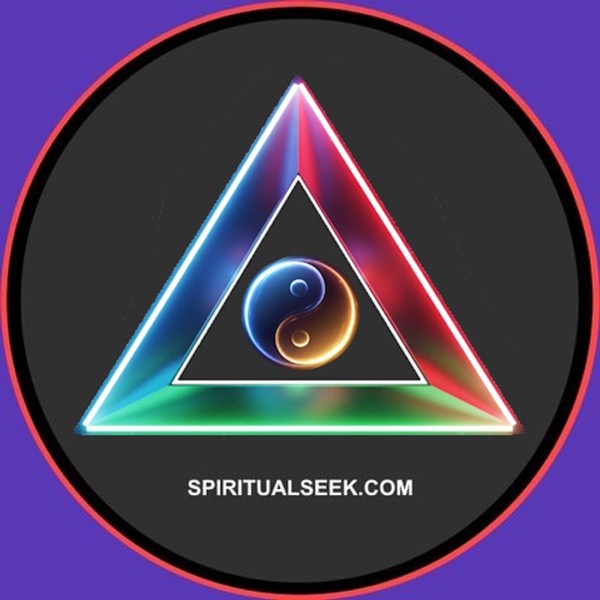Alternative Media and Spirituality: Is Counter-Information Spiritual?
The Spiritual Seek - A podcast by The Spiritual Seek

Categories:
https://spiritualseek.online/blog/spirituality-is-not-to-be-found-in-counter-information-and-alternative-media/----------Introduction: Mainstream vs. Alternative InformationMainstream media are usually controlled by powerful institutions, including governments, multinational corporations, media conglomerates, and influential economic entities. These actors shape public narratives and societal norms, often representing the interests of global elites who control resources, policies, and cultural trends. Through their vast networks of influence, they establish what is considered “truth” or “common knowledge”, creating a framework within which societal debates occur. This interpretation of reality often reflects the priorities of those in power, such as economic growth, technological advancement, or political stability. We might thus describe the mainstream media as the voice of the world’s masters.In contrast, alternative media seek to challenge these dominant narratives by offering divergent perspectives or exposing perceived injustices. They often position themselves as the voice of dissent for marginalized groups or individuals who feel excluded from mainstream discourse. However, alternative media inherently rely on the existence of mainstream information for their identity and purpose. Without a dominant narrative to oppose or critique, counter-information would lose its raison d’être. It defines itself not through independent creation but basically through opposition to what it perceives as the excesses or the manipulations of power.Countering the System Through Its Own MeansAlternative information, leveraging critical thinking, acts as a vessel for discontent and preoccupation towards the dynamics enacted by the masters of the earthly world, who, of course, serve their own interests while completely sidelining those of the masses. Counter-information could be defined as the voice of the most aware and caring individuals, at least in theory.It is also interesting to note that the counter-information phenomenon was born with the introduction of the Internet in the late 1990s, and has been confined to it ever since, as TV and radio are still entirely controlled by systemic forces. Ironically, alternative media sources use the tools provided by the power itself, such as YouTube, Twitter/X, dedicated websites and so on.Characteristics and Limitations of Alternative MediaFrom a psychological perspective, counter-information operates primarily as a reactive mechanism. It responds to new developments introduced by mainstream power structures—be it technological innovations like digital currencies, policy changes, or cultural shifts—with skepticism or outright rejection. This reactionary stance is often driven by a deep mistrust of authority and a belief that mainstream narratives are inherently manipulative or self-serving. While this approach can serve as an important check on overly powerful institutions and provide a platform for dissenting voices, it frequently lacks the foresight to anticipate or proactively address issues. Instead of setting its own agenda or offering constructive alternatives, counter-information tends to focus on dismantling or discrediting the proposals of those in power.Alternative media, in essence, chase the dominant narrative while proposing their own critical view of the issues involved. This leads to the establishment of a symbiotic relationship between the mainstream and its detractors, in which each party needs the other in order to push its agenda. Power needs...
